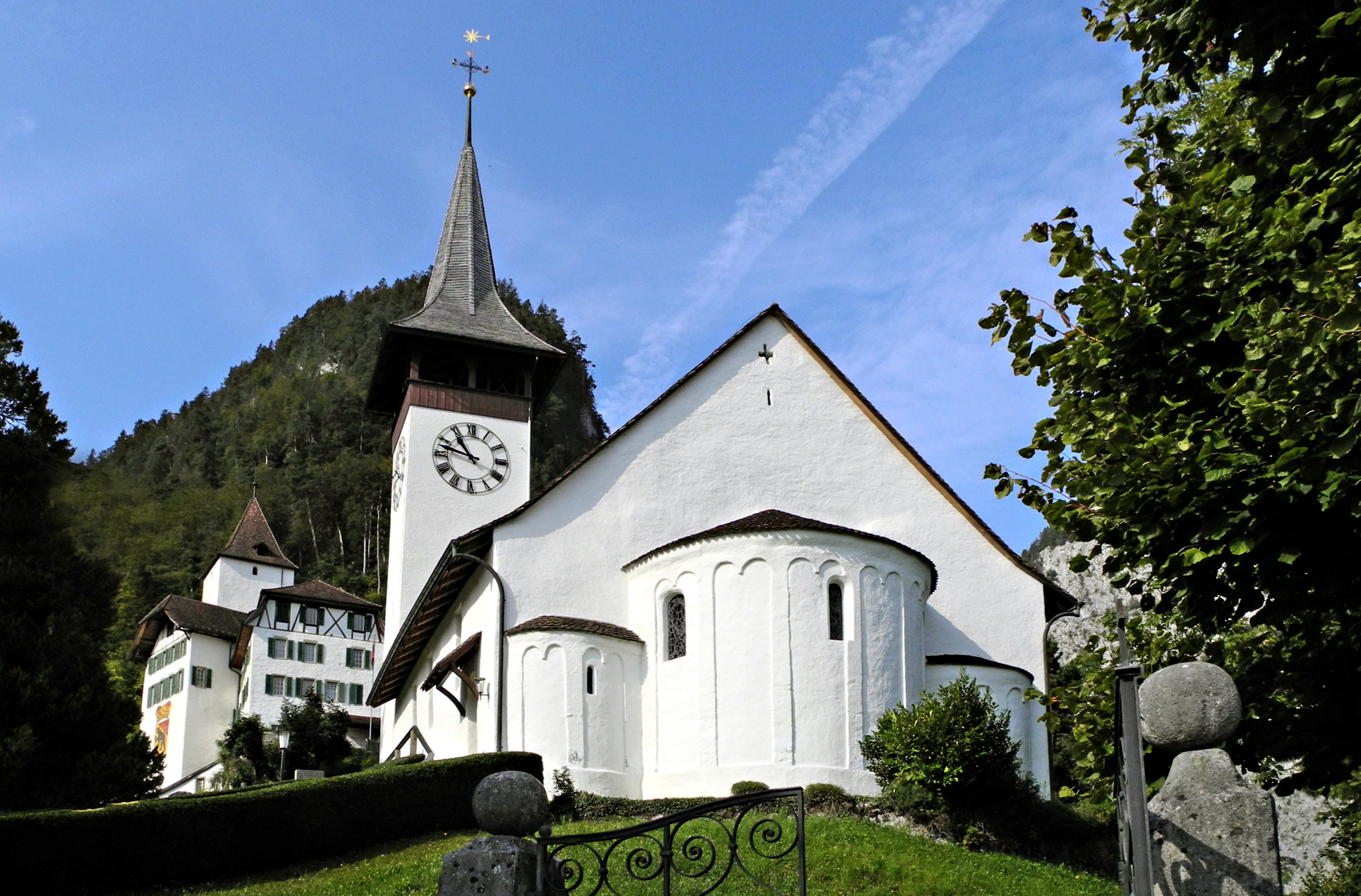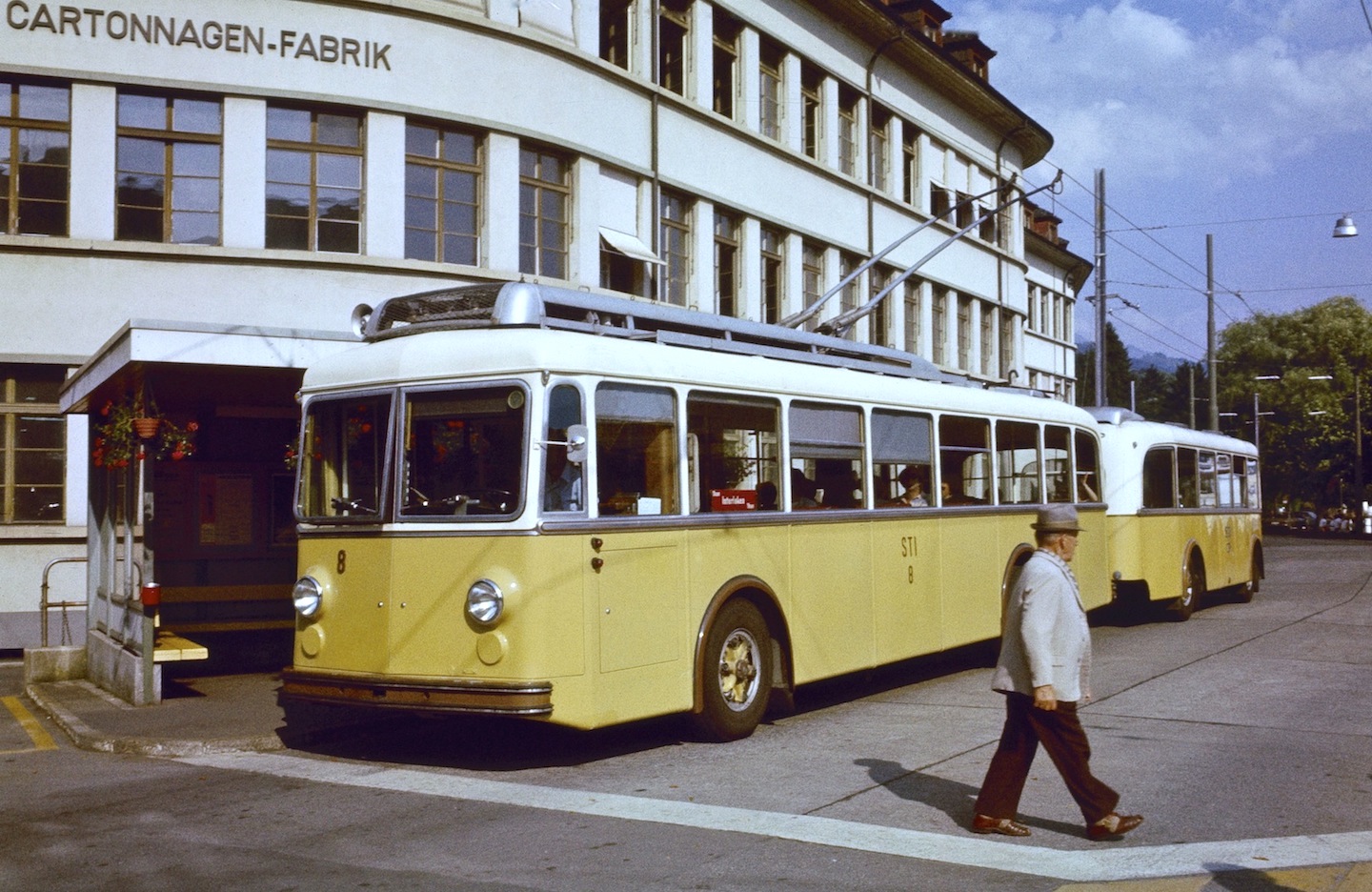|
Wimmis Railway Station
Wimmis railway station (german: Bahnhof Wimmis) is a railway station in the municipality of Wimmis, in the Swiss canton of Bern. It is an intermediate stop on the Spiez–Zweisimmen line and is served by local and regional trains. Services The following services stop at Wimmis: * RegioExpress: irregular service to and . * Regio: hourly service to Zweisimmen and . * ''GoldenPass Express The ''GoldenPass Express'' is a luxury railway service that operates between Montreux, on Lake Geneva, and Interlaken, in the Bernese Oberland, in Switzerland. The train is owned and operated jointly by the Montreux Oberland Bernois Railway (M ...'': 4 daily round-trips between and . References External links * * {{SBB web, 7298, Wimmis Railway stations in the canton of Bern BLS railway stations ... [...More Info...] [...Related Items...] OR: [Wikipedia] [Google] [Baidu] |
Wimmis
Wimmis is a municipality in the Frutigen-Niedersimmental administrative district in the canton of Bern in Switzerland. History Wimmis is first mentioned in 994 as ''Windemis''. The oldest traces of a settlement in Wimmis include the Mesolithic and Bronze Age settlements on the Chienberg and the Bronze Age and High Middle Ages settlements on the Pintel. Roman era artifacts were found at Engfeld and bronze statue of Emperor Gordian III was found at Tägerstein. The area remained inhabited during the Middle Ages and in 994 King Otto III granted his estates in Wimmis to Selz Abbey. By the 12th or 13th century the Lords of Wimmis or Strättligen built Wimmis Castle above the village. The exact relationship between the two families is unclear, but the Wimmis line became extinct in the mid-13th century and by 1260 the Freiherr von Strättligen owned Wimmis Castle and the surrounding lands. A few years later the castle and lands were incorporated into the extensive holdings of t ... [...More Info...] [...Related Items...] OR: [Wikipedia] [Google] [Baidu] |
Switzerland
). Swiss law does not designate a ''capital'' as such, but the federal parliament and government are installed in Bern, while other federal institutions, such as the federal courts, are in other cities (Bellinzona, Lausanne, Luzern, Neuchâtel, St. Gallen a.o.). , coordinates = , largest_city = Zürich , official_languages = , englishmotto = "One for all, all for one" , religion_year = 2020 , religion_ref = , religion = , demonym = , german: Schweizer/Schweizerin, french: Suisse/Suissesse, it, svizzero/svizzera or , rm, Svizzer/Svizra , government_type = Federalism, Federal assembly-independent Directorial system, directorial republic with elements of a direct democracy , leader_title1 = Federal Council (Switzerland), Federal Council , leader_name1 = , leader_title2 = , leader_name2 = Walter Thurnherr , legislature = Fe ... [...More Info...] [...Related Items...] OR: [Wikipedia] [Google] [Baidu] |
Spiez–Zweisimmen Railway
The Spiez–Zweisimmen railway is a single-track standard-gauge line in Switzerland that is currently operated by BLS AG. It was formerly owned by the ''Spiez-Erlenbach-Zweisimmen-Bahn'' (SEZ), also called the ''Simmentalbahn'' (Simme Valley Railway). The line runs from through the Simmental to Zweisimmen. It is marketed as part of the GoldenPass Line between and , which also includes the metre-gauge Brünig Railway and Montreux–Lenk im Simmental railway and part of the standard-gauge Lake Thun Railway. The ''SEZ'' was formed on 1 January 1942 from the merger of the ''Spiez-Erlenbach-Bahn'' (SEB), which opened the line from Spiez to Erlenbach on 16 August 1897, and the ''Erlenbach-Zweisimmen-Bahn'' (EZB), which opened the line from Erlenbach to Zweisimmen on 31 October 1902. In June 1997, the ''SEZ'' merged with the Gürbetal-Bern-Schwarzenburg-Bahn (GBS), the Bern-Neuenburg-Bahn (BN) and the Berner Alpenbahn-Gesellschaft Bern–Lötschberg–Simplon (B ... [...More Info...] [...Related Items...] OR: [Wikipedia] [Google] [Baidu] |
Side Platform
A side platform (also known as a marginal platform or a single-face platform) is a platform positioned to the side of one or more railway tracks or guideways at a railway station, tram stop, or transitway. A station having dual side platforms, one for each direction of travel, is the basic design used for double-track railway lines (as opposed to, for instance, the island platform where a single platform lies between the tracks). Side platforms may result in a wider overall footprint for the station compared with an island platform where a single width of platform can be shared by riders using either track. In some stations, the two side platforms are connected by a footbridge running above and over the tracks. While a pair of side platforms is often provided on a dual-track line, a single side platform is usually sufficient for a single-track line. Layout Where the station is close to a level crossing (grade crossing) the platforms may either be on the same side of the cross ... [...More Info...] [...Related Items...] OR: [Wikipedia] [Google] [Baidu] |
Verkehrsbetriebe STI
Verkehrsbetriebe STI (Steffisburg-Thun-Interlaken) is a bus operator in the Swiss canton of Bern. It is a private company based in the city of Thun, and operates bus services in that city, as well as routes linking Thun with the neighbouring towns and villages including the tourist hubs of Interlaken and Steffisburg. The company also manages the Thunersee–Beatenberg Funicular and the Seilbahnen Beatenberg-Niederhorn. History STI was formed in December 1911, originally as the Elektrische Bahn Steffisburg-Thun-Interlaken (English: Steffisburg–Thun–Interlaken Electric Railway),Pearson, David (January 1982). "The Thunersee Trolley". ''Trolleybus Magazine'' No. 122, pp. 5–14. National Trolleybus Association (UK). . and began carrying passengers on 10 October 1913, with the opening of a tram line between Steffisburg and Oberhofen (via Thun), which was later extended to Beatenbucht and finally to Interlaken. Plans for road rebuilding led to the closure of the Beatenbucht� ... [...More Info...] [...Related Items...] OR: [Wikipedia] [Google] [Baidu] |
Libero-Tarifverbund
The Libero-Tarifverbund is a Swiss tariff network covering the canton of Bern and the southwestern part of the canton of Solothurn. It was established in December 2004 from the merger of the Bäre-Abi and Frosch-Abo tariff networks. The Zig-Zag network merged into Libero in 2014. With the merger of the ("BeoAbo"), covering the Bernese Oberland, in December 2019, the network covers the entire canton of Bern. The network is divided into three types of zones: * Yellow: single-trip, multi-trip, day tickets, and subscriptions (monthly and annual) are valid * Blue: shared with neighboring tariff associations; Libero tickets are valid for travel in or out of these zones and into yellow zones, but not for travel within the zones * Green: only subscriptions are valid; most such zones are in the Bernese Oberland Partners Libero partners with 28 operators: * Aare Seeland mobil * Aufzug Matte-Plattform (operates the ) * Automobilverkehr Frutigen-Adelboden * Bergbahn Lauterbrunnen-M� ... [...More Info...] [...Related Items...] OR: [Wikipedia] [Google] [Baidu] |
SBB CFF FFS
Swiss Federal Railways (german: link=no, Schweizerische Bundesbahnen, ''SBB''; french: link=no, Chemins de fer fédéraux suisses, ''CFF''; it, Ferrovie federali svizzere, ''FFS'') is the national railway company of Switzerland. It is usually referred to by the initials of its German, French, and Italian names, either as SBB CFF FFS, or used separately. The Romansh version of its name, ''Viafiers federalas svizras'', is not officially used. The official English abbreviation is "SBB", instead of the English acronym such as "SFR", which stands for ''Swiss Federal Railways'' itself. The company, founded in 1902, is headquartered in Bern. It used to be a government institution, but since 1999 it has been a special stock corporation whose shares are held by the Swiss Confederation and the Swiss cantons. It is currently the largest rail and transport company of Switzerland, and operates on most standard gauge lines of the Swiss network. It also heavily collaborates with ... [...More Info...] [...Related Items...] OR: [Wikipedia] [Google] [Baidu] |
Canton Of Switzerland
The 26 cantons of Switzerland (german: Kanton; french: canton ; it, cantone; Sursilvan and Surmiran: ; Vallader and Puter: ; Sutsilvan: ; Rumantsch Grischun: ) are the member states of the Swiss Confederation. The nucleus of the Swiss Confederacy in the form of the first three confederate allies used to be referred to as the . Two important periods in the development of the Old Swiss Confederacy are summarized by the terms ('Eight Cantons'; from 1353–1481) and ('Thirteen Cantons', from 1513–1798).rendered "the 'confederacy of eight'" and "the 'Thirteen-Canton Confederation'", respectively, in: Each canton of the Old Swiss Confederacy, formerly also ('lieu/locality', from before 1450), or ('estate', from ), was a fully sovereign state with its own border controls, army, and currency from at least the Treaty of Westphalia (1648) until the establishment of the Swiss federal state in 1848, with a brief period of centralised government during the Helvetic Republic (179 ... [...More Info...] [...Related Items...] OR: [Wikipedia] [Google] [Baidu] |
Canton Of Bern
The canton of Bern or Berne (german: Kanton Bern; rm, Chantun Berna; french: canton de Berne; it, Canton Berna) is one of the 26 cantons forming the Swiss Confederation. Its capital city, Bern, is also the ''de facto'' capital of Switzerland. The bear is the heraldic symbol of the canton, displayed on a red-yellow background. Comprising ten districts, Bern is the second-largest canton by both surface area and population. Located in west-central Switzerland, it is surrounded by eleven cantons. It borders the canton of Jura and the canton of Solothurn to the north. To the west lie the canton of Neuchâtel, the canton of Fribourg and canton of Vaud. To the south lies the canton of Valais. East of the canton of Bern lie the cantons of Uri, Nidwalden, Obwalden, Lucerne and Aargau. The geography of the canton includes a large share of all three natural regions of Switzerland: the Jura Mountains (the Bernese Jura), the Swiss Plateau (the Bernese Mittelland) and the Alps (th ... [...More Info...] [...Related Items...] OR: [Wikipedia] [Google] [Baidu] |
RegioExpress
RegioExpress (RE) is a fast regional train service in Switzerland, run by Swiss Federal Railways (SBB CFF FFS) or other railway companies (such as TILO, BLS, tpf, transN, THURBO or RhB). It is comparable to the Regional-Express in Germany, Austria and Luxembourg. Its speed is considerably faster than regional trains at the same level, as it does not stop at all stations served by the regional trains. Nonetheless, it is slightly slower than InterRegio trains. Swiss Federal Railways describes the trains as ones that serve "rapidly into the regions". Until the 2003 timetable overhaul (December 2002 to December 2003), the RegioExpress was limited in circulation. One of the main lines which ran as a RegioExpress line (abbreviation: RX) was the ''Rheintal Express'', from St. Gallen through Sargans to Chur (the other was the ''CityVogel'' from Zurich to Konstanz). As of the 2004 timetable overhaul, the RegioExpress was introduced as faster Regio (formerly regional) trains; the ... [...More Info...] [...Related Items...] OR: [Wikipedia] [Google] [Baidu] |
Regio (Swiss Railway Train)
Regional rail, also known as local trains and stopping trains, are passenger rail services that operate between towns and cities. These trains operate with more stops over shorter distances than inter-city rail, but fewer stops and faster service than commuter rail. Regional rail services operate beyond the limits of urban areas, and either connect similarly-sized smaller cities and towns, or cities and surrounding towns, outside or at the outer rim of a suburban belt. Regional rail normally operates with an even service load throughout the day, although slightly increased services may be provided during rush-hour. The service is less oriented around bringing commuters to the urban centers, although this may generate part of the traffic on some systems. Other regional rail services operate between two large urban areas but make many intermediate stops. In North America, "regional rail" is not recognized as a service classification between "commuter rail" and "inter-city rail ... [...More Info...] [...Related Items...] OR: [Wikipedia] [Google] [Baidu] |






